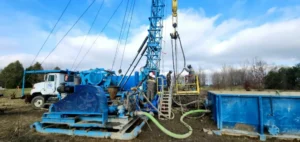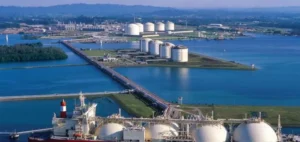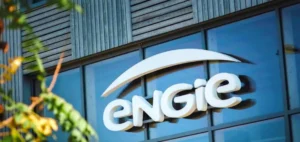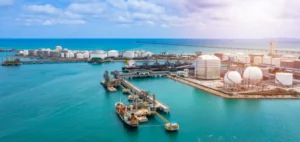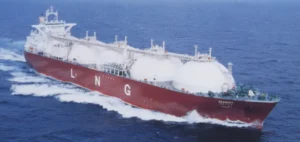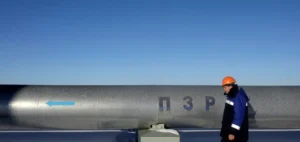China Petroleum & Chemical Corporation (Sinopec) has reached a key milestone in shale gas exploration in China with its Tiebei 1HF well, located in the Sinopec Project Deep Earth – Sichuan and Chongqing gas base. The well achieved a vertical depth of over 5,300 metres, along with a 1,312-metre horizontal section. According to Sinopec’s announcement on May 14, this marks the deepest shale gas well ever drilled in China.
Development of ultra-deep gas in Puguang
The drilling site is located in the Puguang gas field, one of China’s major production hubs. It is recognised as the first large-scale high-sulphur deep gas field developed in the country. Sinopec stated that this breakthrough could strengthen both reserves and production efficiency in the area.
The company targeted the Upper Permian formation in Puguang to sustain long-term production. However, most resources lie at depths exceeding 4,500 metres in a geologically complex zone considered difficult to exploit. Through technological innovation, Sinopec’s engineers achieved a 100% success rate in horizontally encountering high-quality shale formations.
High-pressure fracturing technology
The drilling of the Tiebei 1HF well was made possible using a 175 MPa ultra-high pressure fracturing system developed internally by Sinopec. This equipment dynamically optimised fracturing parameters on site, adjusting the strategy for each segment of the borehole.
According to the company, a “man-made gas path” was opened in the high-pressure formation at a depth of 5,300 metres, efficiently retrieving resources from the deepest sections of the reservoir. The aim is to maximise gas extraction potential while maintaining operational efficiency.
Towards structured Upper Permian development
Sinopec Zhongyuan Oilfield is currently preparing a development and exploration plan for the Upper Permian shale gas in Puguang. This initiative seeks to convert identified resources into commercial production in a structured manner.
The Fuling shale gas field, discovered in 2012, marked the start of industrial development of shale gas in China. Since then, Sinopec has continued advancing this strategic area for the national energy landscape by expanding its drilling capabilities into deep and complex formations.



